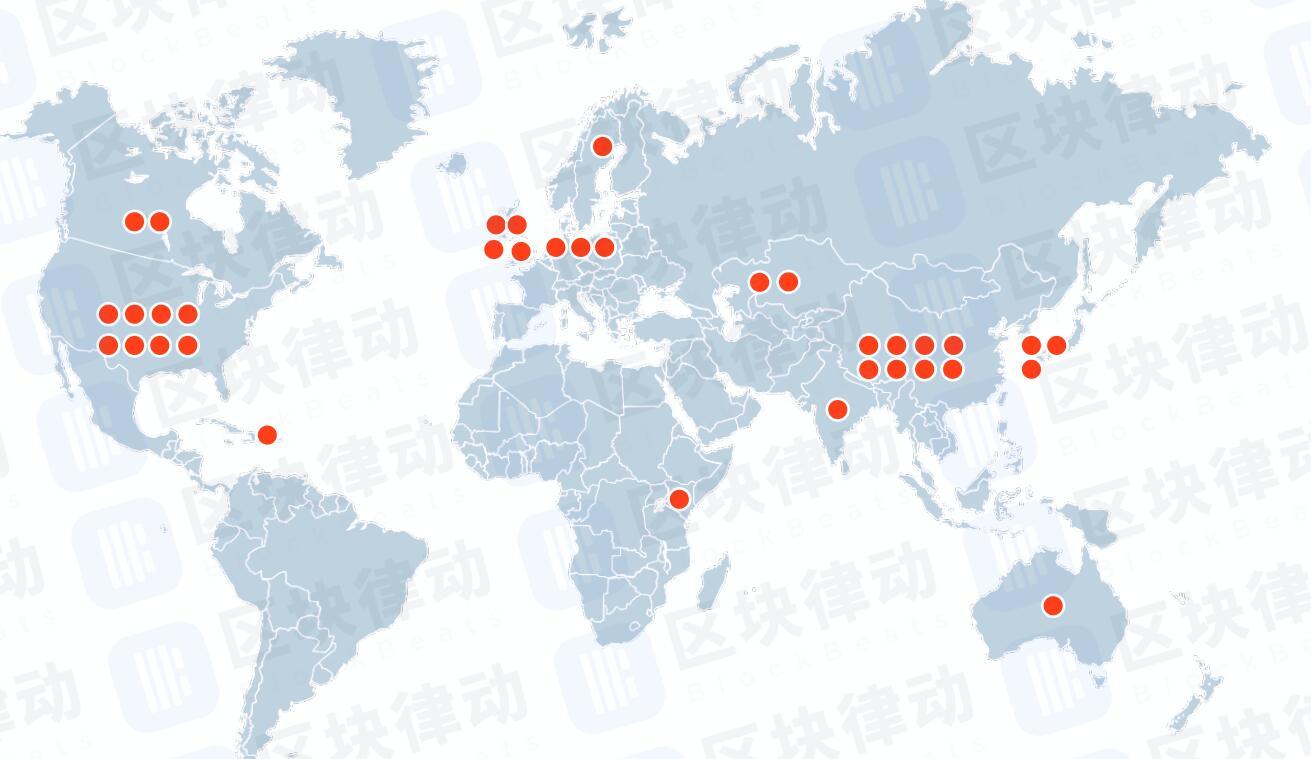2019-2-10 08:52 |
A heartfelt and, albeit surprised congratulations is well deserved from fans as Bitcoin's Lightning Network, from launch to implementation, has managed to gain a significant amount of traction across all criteria, with its growth looking to extend beyond and well into 2019.
With A Grand Total Of 6,000 Nodes, Including A Total Financial Capacity Of $2.4 MillionAccording to the data monitoring company, 1ML.com, Bitcoin Lightning has made some significant strides over a significantly short span of time. The company has reported that the volume of active nodes has increased significantly, resulting in a respective rise in channels, including an increase in the overall transaction capacity within the network itself.
Within its first 13 months being around, it has managed to skyrocket beyond where it started.
Along with this increase in scale, a lot of it can be attributed to the unexpected scope of publicity that was provided thanks to both the Bitcoin technical community as well as the broader social media communities. So what is it that sparked this off? Its community: which took some firm drives towards getting the network into the hands of users, and getting them familiar with how it works.
Lightning Network Statistics Total Number of Nodes – 6,048 (Up by 14.52 percent) Nodes With Active Channels – 3,049 (Up by 21.77 percent) Number of Channels – 24,483 (Up by 26.3 percent) New Nodes – 43 (Up by 115 percent) Network Capacity – 659.97 (Up by 16 percent) New Channels – 851 (Up by 98.83 percent) Node Countdown – 993,952 (0.6 percent) Channel Countdown – 975,517 (2.4 percent)One of the attributes that have gained the Lightning Network some major popularity thanks to Lightning Torch, which operates as a relay transaction that bounces between nodes, gaining it some participation from renowned (or controversial) people, like the CEO of Twitter – Jack Dorsey, in what has since become known as a highly-publicized event last week.
Dorsey has become the flashbulb celebrity, resolving members of the community to call upon other popular sensations to get involved and give Bitcoin Lightning a try. Such celebrities include the likes of the CEO of Tesla, Elon Musk.
According to the statistics company, 1ML, there are a grand total of over 6,000 reachable nodes, which has increased dramatically over the last few months, along with over 25,000 various channels that users frequent, while its underlying capacity surging ahead by a total of 660 Bitcoin, equalling over $2.39 million.
Playing In The Big-Leagues NowAccording to a number of news outlets, the underlying objective behind the Lightning Network is to enable a larger number of users and crypto transactions to take place on a far higher frequency, as well as allowing them to happen on an instantaneous basis with a far lower underlying transaction fee.
Since it made its grand announcement to the Blockchain world, the Lightning mainnet made its beginning at the beginning of 2018, with developers seeking to iron out the issues that may exist on a technical level. What this means is that, while the ecosystem is growing at a significant pace, the development team is working to improve it further, including making changes to the user interface as well as its relative ease of use in the hands of users.
The needle is heading in the right direction for the Lightning Network, however, with products and third-parties being built on the mainnet already. These products include digital asset wallets that are getting developed, but there still needs to be progress made in order to ensure that they are fully adaptive to the network.
While there is a challenge in integrating these third-party products into the mainnet, there is a great deal of interest from outside users to put it to use. Jack Dorsey, the aforementioned CEO of Twitter has alluded to taking the technology mainstream for its users.
Taking, unironically, to Twitter to discuss his participating in the Lightning Torch system, going on to add that he generally ‘loved' the concept of weaving micropayments of Bitcoin into Twitter in the near future, all in order to improve the quality of its digital content overall.
Such a concept would be a pretty remarkable step forward for the concept overall, potentially leading the way for more, and carrying an interesting legacy of payment driven platforms in the past such as Steemit, the 3-year-old brainchild of Daniel Larimer.
Similar to Notcoin - Blum - Airdrops In 2024
Lightning Bitcoin (LBTC) íà Currencies.ru
|
|






















